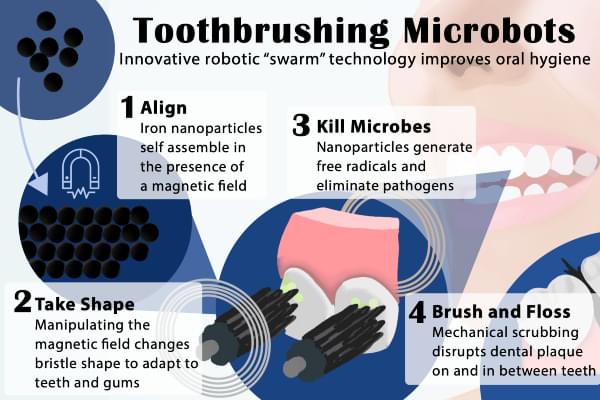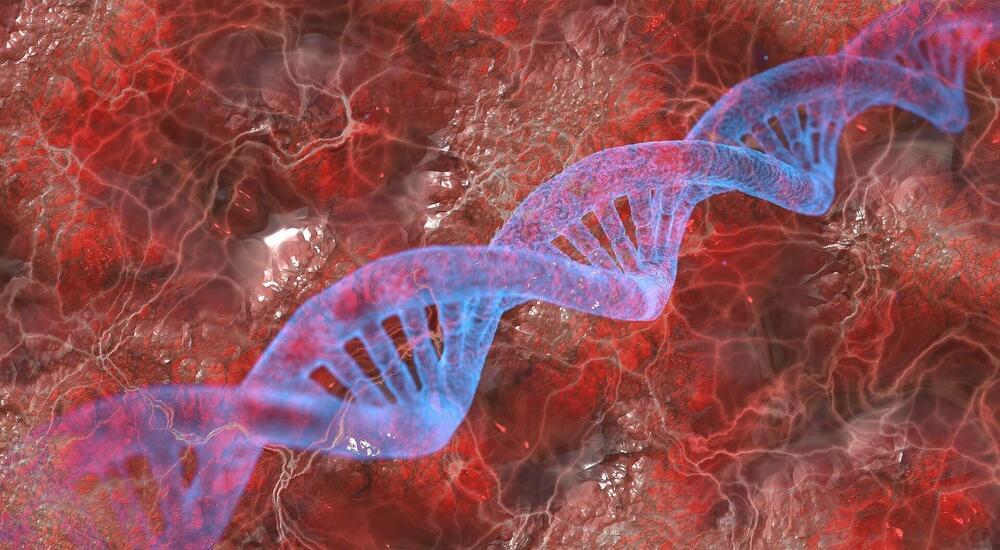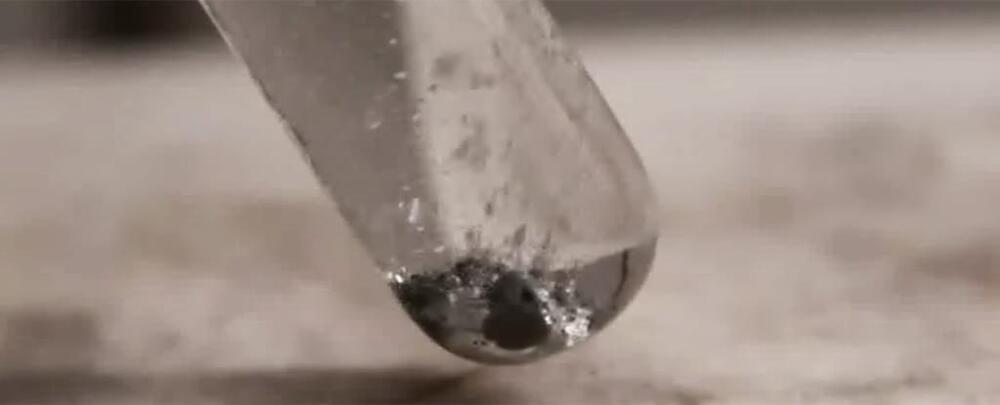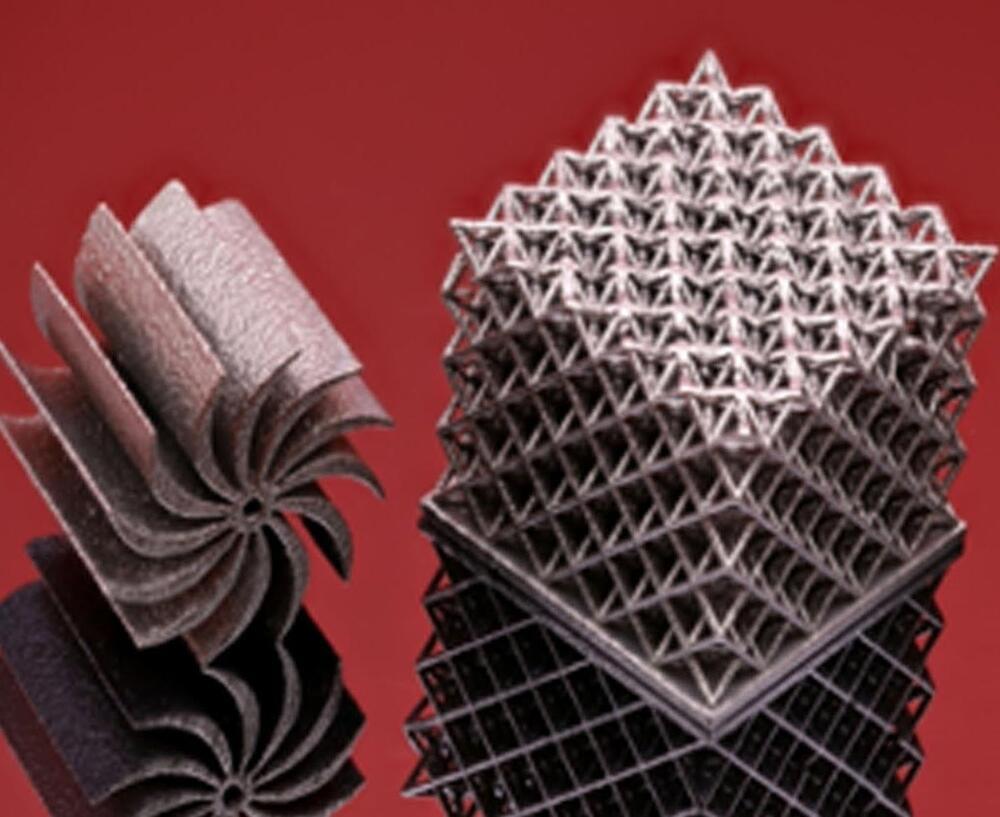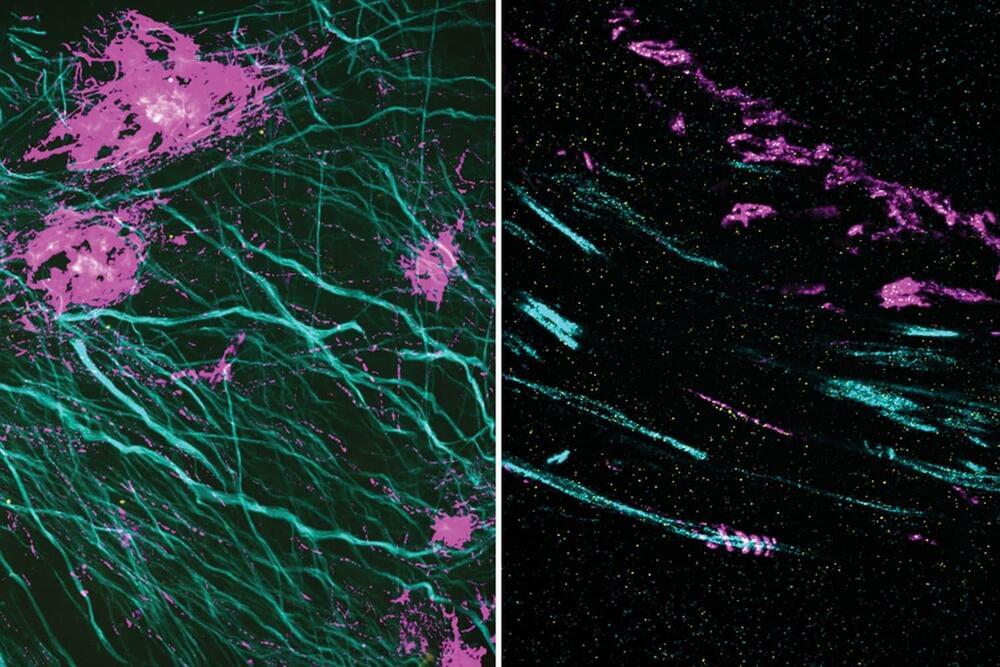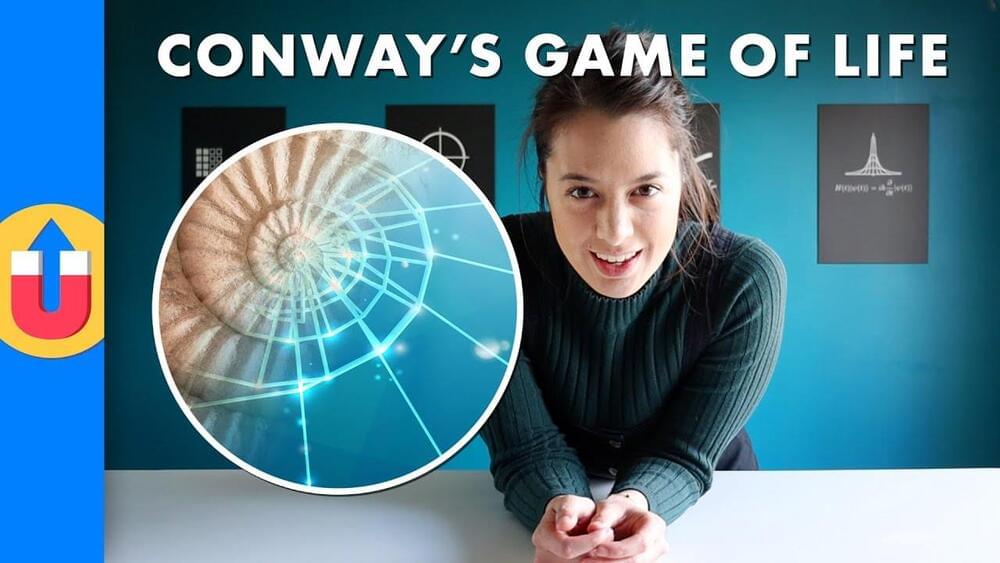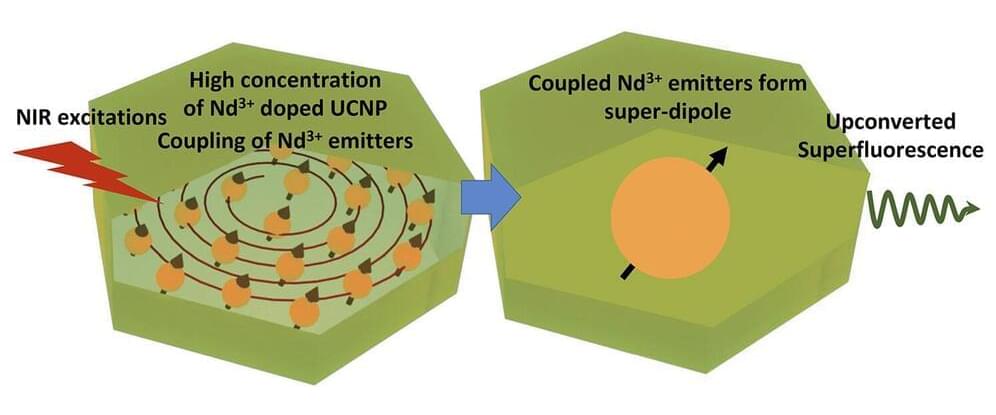
Osaka Metropolitan University scientists have developed a simple, rapid method to simultaneously identify multiple food poisoning bacteria, based on color differences in the scattered light by nanometer-scaled organic metal nanohybrid structures (NHs) that bind via antibodies to those bacteria. This method is a promising tool for rapidly detecting bacteria at food manufacturing sites and thereby improving food safety. The findings were published in Analytical Chemistry.
According to the World Health Organization (WHO), every year food poisoning affects 600 million people worldwide—almost 1 in every 10 people—of which 420,000 die. Bacterial tests are conducted to detect food poisoning bacteria at food manufacturing factories, but it takes more than 48 hours to obtain results due to the time required for a bacteria incubation process called culturing. Therefore, there remains a demand for rapid testing methods to eliminate food poisoning accidents.
Responding to this need, the research team led by Professor Hiroshi Shiigi at the Graduate School of Engineering, Osaka Metropolitan University, utilized the optical properties of organic metal NHs—composites consisting of polyaniline particles that encapsulate a large number of metal nanoparticles—to rapidly and simultaneously identify food poisoning-inducing bacteria called enterohemorrhagic Escherichia coli (E. coli O26 and E. coli O157) and Staphylococcus aureus.
